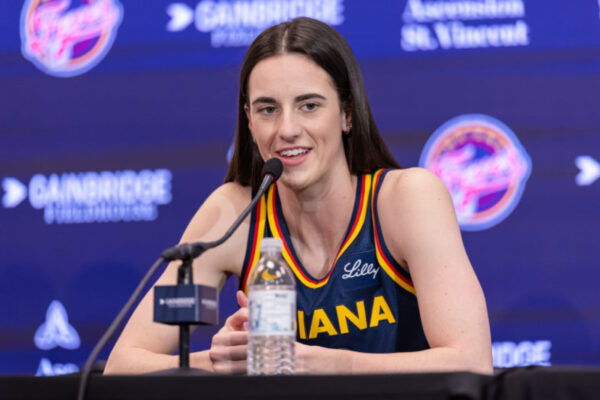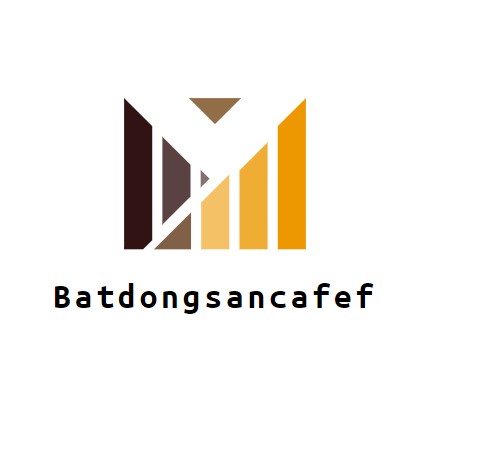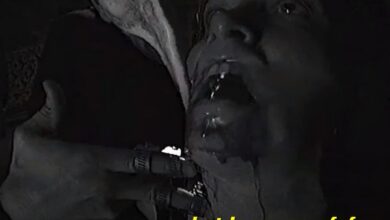Gregg Doyel Caitlin Clark Video: Gregg Doyel suspended, banned from Fever games ?
In an era where moments are captured and scrutinized within seconds, a seemingly mundane press conference turned into a case study on the nuances of media interactions in sports. The “Gregg Doyel Caitlin Clark video” not only sparked significant debate over media conduct but also highlighted the fragile dynamics of professional relationships in the limelight. This detailed analysis delves into the incident, its repercussions, and the broader lessons for sports journalism. Follow Batdongsancafef.vn for more.
I. The Incident Unfolded: Gregg Doyel Caitlin Clark video
During a press conference intended to introduce WNBA rookie Caitlin Clark to the media following her No. 1 draft pick selection by the Indiana Fever, Gregg Doyel, a seasoned sports columnist for the Indianapolis Star, initiated an interaction that would soon capture the sports world’s attention. Attempting to connect with Clark, Doyel made a heart gesture with his hands—a signature move Clark often directed towards her family in her collegiate games. The moment was meant to be light-hearted, but the execution and reception did not align. Clark’s response, coupled with Doyel’s follow-up comment, “Start doing it to me and we’ll get along just fine,” shifted the atmosphere from congenial to uncomfortable. Captured on video, this exchange was rapidly shared across social media platforms, drawing a spectrum of reactions.

II. Public and Media Reaction: Gregg Doyel Caitlin Clark video
As the video circulated, it prompted an immediate and wide-ranging discourse on media etiquette and the boundaries of journalist-athlete interactions. Critiques of Doyel’s approach described it as “creepy” and “awkward,” with several media outlets and social commentators expressing discomfort at the perceived over-familiarity and inappropriateness of his remarks. Platforms like HuffPost and Sports Illustrated critiqued the interaction, emphasizing the need for professionalism in media conduct. The virality of the video not only amplified the incident but also sparked a broader discussion on the expectations and responsibilities of sports journalists in their interactions with athletes.

III. Consequences for Gregg Doyel
The backlash was swift and decisive. The Indianapolis Star quickly responded by removing Doyel from covering the Indiana Fever games in person, stating a need to uphold professional standards and integrity. Furthermore, Doyel was handed a two-week suspension—a move that publicized the paper’s stance on maintaining a respectful distance between its journalists and the sports teams they cover. In a public apology issued via social media and a subsequent column, Doyel acknowledged his misstep, describing his behavior as “uniquely oafish” and recognizing the need for a more thoughtful approach to his professional interactions.
IV. Broader Implications
This incident underscores the evolving dynamics between the media and athletes, particularly in the context of increased scrutiny enabled by digital and social media. It serves as a crucial reminder of the power dynamics at play and the professionalism expected in sports journalism. The conversation extends beyond Doyel and Clark, touching on broader issues such as gender sensitivity, the portrayal of athletes in the media, and the ongoing negotiation of public versus private personas in the digital age. This case also highlights the potential career implications for journalists who fail to navigate these interactions adeptly.
— Don Barzini (@DonBarziniXX) April 17, 2024
V. Conclusion:
The “Gregg Doyel Caitlin Clark video” is more than just a viral moment; it is a reflective mirror for the sports journalism industry, emphasizing the importance of sensitivity, respect, and ethical boundaries. As media coverage becomes increasingly pervasive, the incident serves as a poignant lesson in the responsibilities journalists bear and the impact of their words and actions. Moving forward, this event will likely influence how journalists engage with athletes, marking a pivotal moment for introspection and perhaps, change in the sports media landscape.









